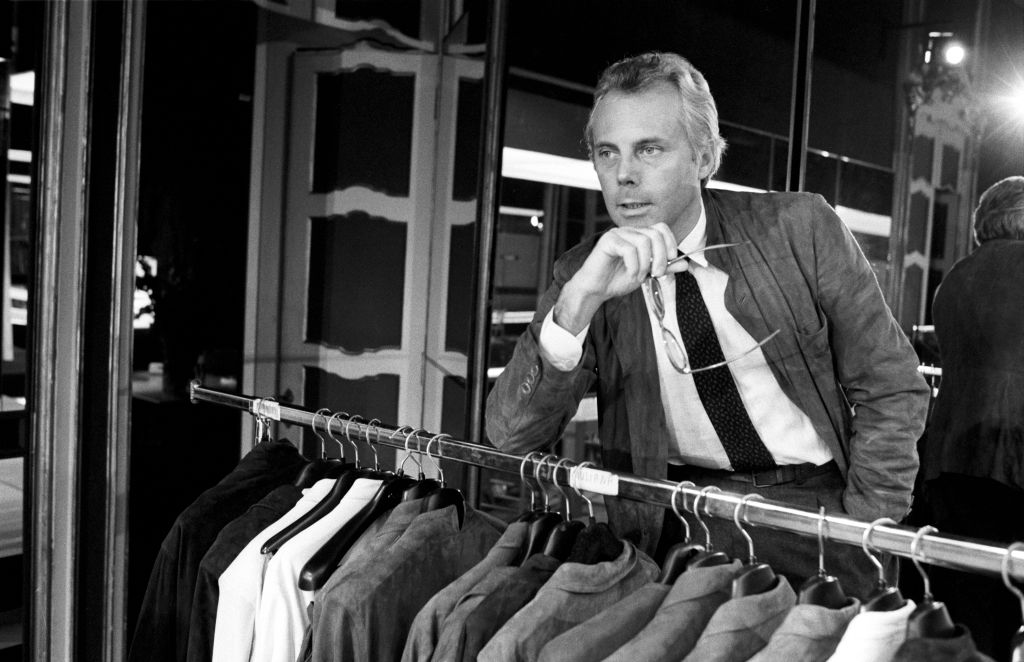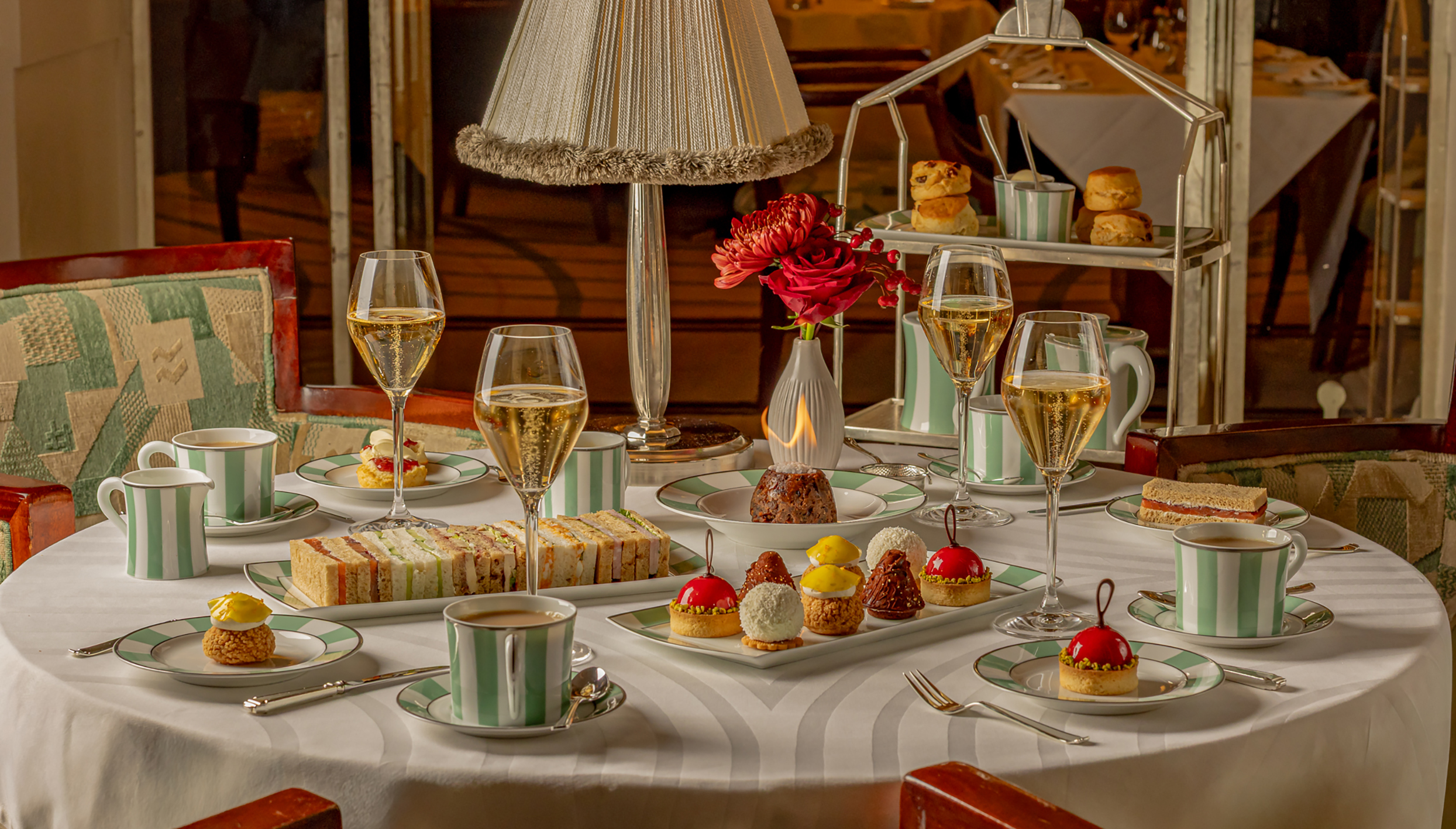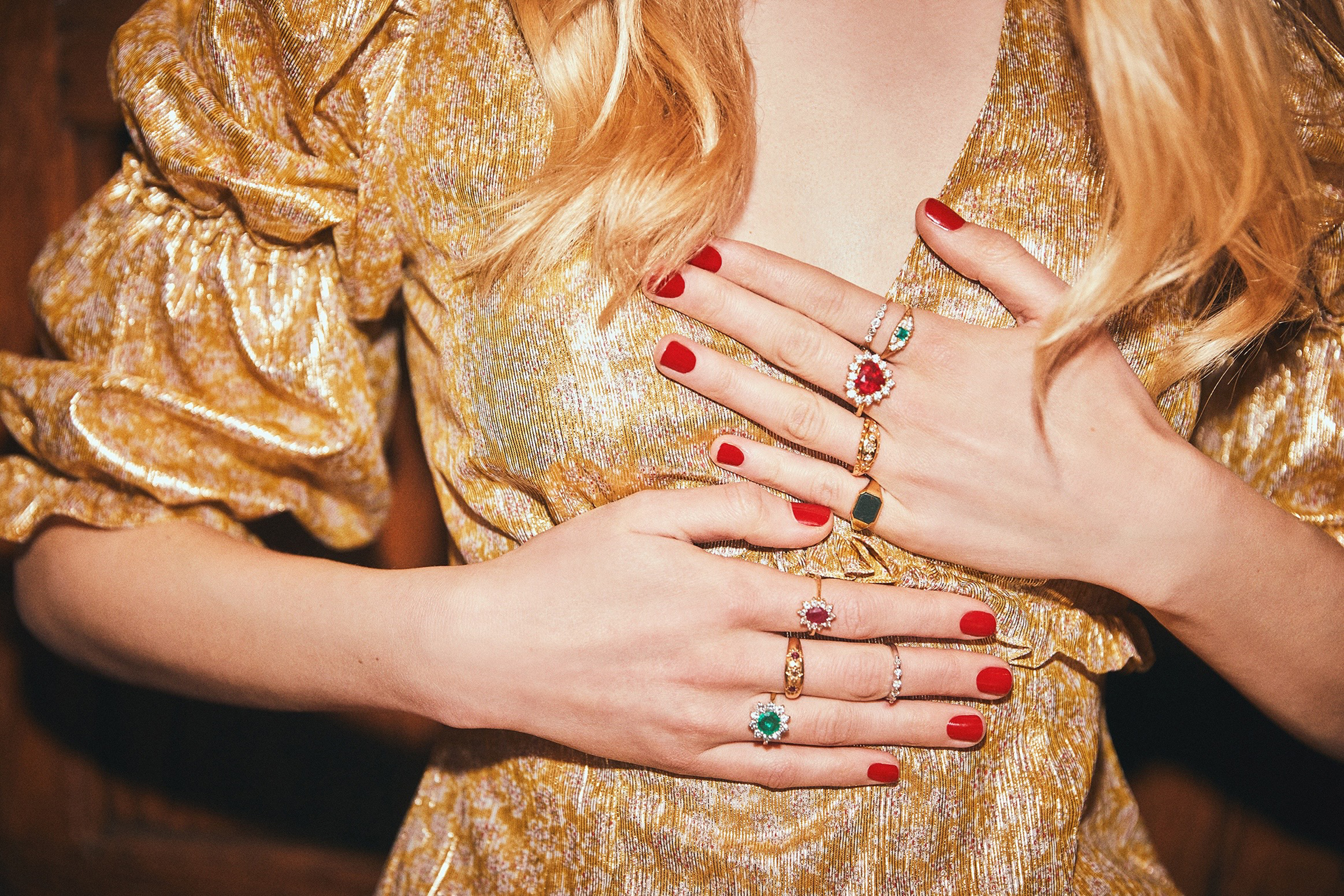Giorgio Armani: the irreplaceable Il Signore
Giorgio Armani started his fashion business in 1975 with the proceeds from the sale of his car and built it into the world’s largest private luxury brand. Where can it go without him?

“Life,” Giorgio Armani once observed, “is a movie. And my clothes are the costumes.” It was an attitude that served him well, says Vogue. The legendary “Il Signor”, who has died aged 91, was “unarguably the most successful Italian designer in history” – credited with designing “the uniform of aspiration that both defined the 1980s and shaped the course of fashion beyond it”.
The business he began from scratch in 1975, “funded with the sale of his Volkswagen Beetle”, eventually came to employ 8,000 worldwide and earned him a $12 billion personal fortune. By the time of his death, notes the Financial Times, the fastidiously independent Armani – who called the shots at his company until the very end – had built “the world’s largest private luxury brand”.
Armani “almost single-handedly established Milan as a serious rival to Paris as the world’s fashion capital”, says The Telegraph. A great populariser, he shrugged off the snobberies of haute couture, saying he only wished “to make men and women look better”. Credited with considerable commercial nous, he didn’t object when a profitable industry sprang up in counterfeit Giorgio Armani products. “Actually,” he once said, “I am very glad that people can buy Armani – even if it’s a fake. I like the fact that I’m so popular around the world.”
MoneyWeek
Subscribe to MoneyWeek today and get your first six magazine issues absolutely FREE

Sign up to Money Morning
Don't miss the latest investment and personal finances news, market analysis, plus money-saving tips with our free twice-daily newsletter
Don't miss the latest investment and personal finances news, market analysis, plus money-saving tips with our free twice-daily newsletter
Born in Piacenza, south of Milan, in 1934, Armani was the second of three children. He later cited growing up under the fascist Mussolini regime for his dislike of structured uniforms. Accordingly, “when he began to design, he turned his attention first to that emblem of male hierarchy, the suit”. He took a few detours getting there. Armani’s initial ambition was to become a doctor and he studied medicine at the University of Milan for three years before a stint at an army hospital “scotched” the inclination. Turning to photography, he approached Milan’s leading department store, La Rinascente, and “soon found himself working on its window displays”.
A formative stint working on Nino Cerruti’s Hitman label followed. Here, Armani “learned the economics of fashion” and earned the enduring respect of his boss. Cerruti later denied any suggestion that he had “discovered” Armani; he said Armani had “discovered himself”. Nonetheless it was Armani’s boyfriend, Sergio Galeotti, an architectural draughtsman, who persuaded him to form his own company and set up the early deals.
Who will carry Giorgio Armani's legacy forward?
Armani’s fluid tailoring – in his trademark subdued palette – turned heads from the start as the antithesis of both of Savile Row orthodoxy and the hippy philosophy of the 1970s. But his breakthrough came in 1980 when he dressed Richard Gere in the film American Gigolo. Almost overnight, he told The Economist, the label became “a sensation”. In 1983, Armani became the first designer to open an office in LA. Where Hollywood led, suave businessmen followed, and Armani swiftly followed up with a line for working women. When Galeotti died in 1985, Armani became introspective, says The Telegraph, but continued expanding the business – establishing “a pyramid of brands targeting different price levels”. The 1990s were marked by diversification into sunglasses, sportswear and restaurants.
For all his success, he retained “a sense of melancholy” and “a shyness”, says The Telegraph. He was happiest at his home on the remote Sicilian island of Pantelleria and sailing the Mediterranean on his yacht. In his later years, Armani involved various nephews and nieces in the business. Pantaleo Dell’Orco, who heads the men’s style office, has also taken on an increasingly important role. But Armani’s iron grip on the company leaves the question of who will succeed him unanswered. He knew as much himself. “I don’t know how any of us can think any of this is replicable without me.”
This article was first published in MoneyWeek's magazine. Enjoy exclusive early access to news, opinion and analysis from our team of financial experts with a MoneyWeek subscription.
Get the latest financial news, insights and expert analysis from our award-winning MoneyWeek team, to help you understand what really matters when it comes to your finances.
Jane writes profiles for MoneyWeek and is city editor of The Week. A former British Society of Magazine Editors editor of the year, she cut her teeth in journalism editing The Daily Telegraph’s Letters page and writing gossip for the London Evening Standard – while contributing to a kaleidoscopic range of business magazines including Personnel Today, Edge, Microscope, Computing, PC Business World, and Business & Finance.
She has edited corporate publications for accountants BDO, business psychologists YSC Consulting, and the law firm Stephenson Harwood – also enjoying a stint as a researcher for the due diligence department of a global risk advisory firm.
Her sole book to date, Stay or Go? (2016), rehearsed the arguments on both sides of the EU referendum.
She lives in north London, has a degree in modern history from Trinity College, Oxford, and is currently learning to play the drums.
-
 Household savings ratio drops – are you setting enough aside for 2026?
Household savings ratio drops – are you setting enough aside for 2026?High inflation has pushed the savings ratio down again and the figure could dip further next year
-
 US stocks: opt for resilience, growth and value
US stocks: opt for resilience, growth and valueOpinion Julian Wheeler, partner and US equity specialist, Shard Capital, highlights three US stocks where he would put his money
-
 8 of the best houses for sale with beautiful fireplaces
8 of the best houses for sale with beautiful fireplacesThe best houses for sale with beautiful fireplaces – from a 15th-century cottage in Kent to a 17th-century palazzo in Oxfordshire
-
 Luana Lopes Lara: The ballerina who made a billion from prediction markets
Luana Lopes Lara: The ballerina who made a billion from prediction marketsLuana Lopes Lara trained at the Bolshoi, but hung up her ballet shoes when she had the idea of setting up a business in the prediction markets. That paid off
-
 The top last-minute Christmas gifts
The top last-minute Christmas giftsIt’s not too late to give the perfect present this festive season – we round up a selection of last-minute Christmas gifts worth giving
-
 Lights, camera, action: Where to see the Northern Lights
Lights, camera, action: Where to see the Northern LightsThe Northern Lights are the most spectacular they’ve been in years. Here’s where to see them
-
 8 of the best ski chalets for sale now
8 of the best ski chalets for sale nowThe best ski chalets on the market – from a traditional Alpine-style chalet in Switzerland to an award-winning Modernist building in Japan’s exclusive ski areas
-
 Who is Christopher Harborne, crypto billionaire and Reform UK’s new mega-donor?
Who is Christopher Harborne, crypto billionaire and Reform UK’s new mega-donor?Christopher Harborne came into the spotlight when it emerged he had given £9 million to Nigel Farage's Reform UK. How did he make his millions?
-
 The best Christmas gifts for your loved ones
The best Christmas gifts for your loved onesWe round up the best Christmas gifts with a touch of luxury to delight, surprise and amaze family and friends this festive season
-
 The best UK Christmas markets for a wassail of a time
The best UK Christmas markets for a wassail of a timeWe round up the best UK Christmas markets to visit, from London's Hyde Park Winter Wonderland to Edinburgh's Princes Street Gardens